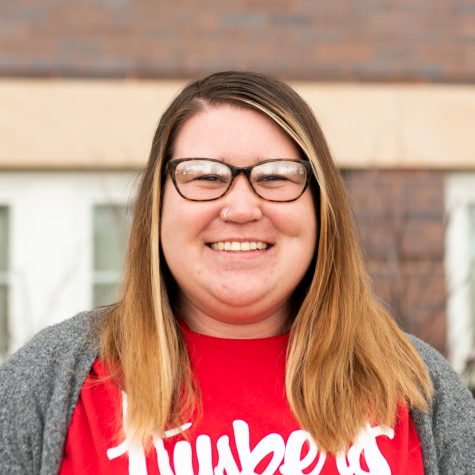Activism can change what we want to see in the world
February 15, 2017
The Black Student Association, Counseling Center, Multicultural Center and the Office of Residence Life hosted an evening of discussion surrounding activism, showed the movie “The March” and had chili with cornbread last Wednesday.
“The significance of this event was to remind ourselves as students, staff and citizens of our responsibility to be the change we want to see in the world,” Counselor Karen Granberg said.
“The March” was directed by David Wheatley in 1990. The film focuses on a group of several thousand Africans who migrated across northern Africa and then sailed across the Strait of Gibraltar to Europe. Since the area of Europe was already overpopulated, they encountered some severe racial and nationalistic tensions.
“The most moving piece of the film was watching Dr. Martin Luther King Jr give his less than 10-minute speech,” Granberg said. “We watched in silence, as the speech is copyrighted and could not be included in the film. It was a clear reminder of how Dr. King’s assassination silenced his words forever.”
They also had discussions following the movie. Dr. Monica Snowden presented “A Marching a Tool for Democracy,” Ellie Tran presented on Women’s March on Washington Perspective and Jeremiah Woods presented Marching in Step: Student Activism Matters.
Snowden talked about how marching can be used as a tool of movement toward change that is inspired by a group of people. Marches always work best when they are well-planned so they give the movement true visibility, she said.
Tran spoke about her experience, as an international student, of the Women’s March in Washington. The march inspired in her a greater awareness of the importance to make a change.
“I was really inspired by her story,” junior Riley Lang said. “I am very passionate myself about the women’s march.”
Woods talked about the six steps students can take towards activism: 1) Information Gathering; 2) Education; 3) Personal Commitment; 4) Discussion and Negotiation; and 5) Direct Action; 6) Reconciliation.
“I found this movie ‘The March on Washington for Jobs and Freedom’ to be especially moving, knowing what I know 54 years later about the significant impact of that day on the progress of the civil rights movement in the United States,” Granberg said. “The film was chosen for the depiction of the work and dedication that goes into the planning of a march, the attendance of a march and the impact of a march–and it was only 33 minutes long.”
It can be viewed for free at http://www.openculture.com/2013/08/the-march.html .”









